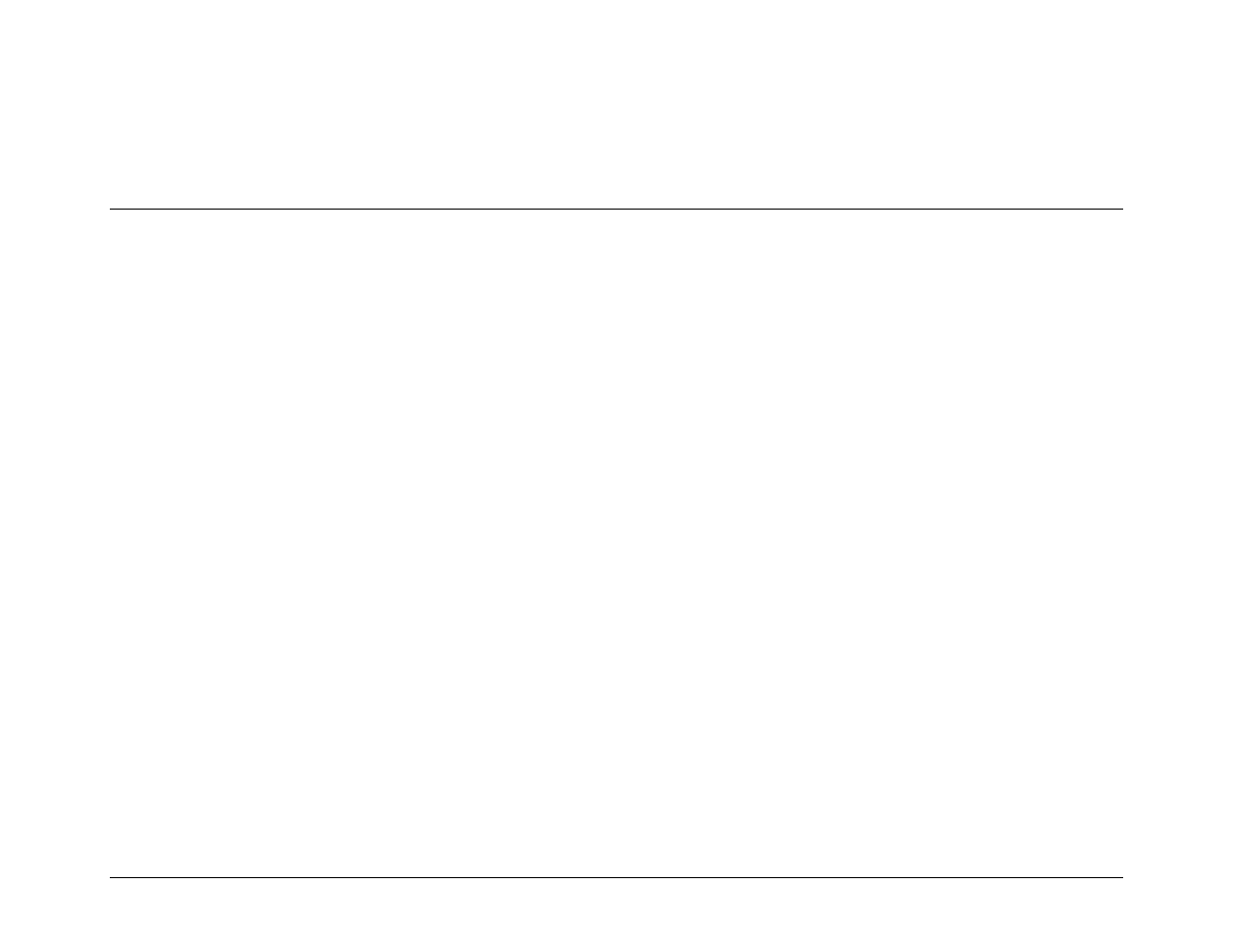2 remote commands and queries overview, 1 basic protocol, 2 packet structure – Comtech EF Data CTOG-250 User Manual
Page 179

CTOG-250 Comtech Traffic Optimization Gateway
Revision 1
Serial-based Remote Product Management
MN-CTOG250
8–3
When the user-supplied terminal emulator program is configured correctly, upon power-up of the system, the COMTECH EF DATA
CTOG-250 SERIAL INTERFACE Info Screen appears, followed by the command prompt CTOG-250>. From here, type “help[cr]” or “?[cr]”
(without the quotes) to display the available “set” commands and “get” queries, and to review instructions for using the interface.
8.2
Remote Commands and Queries Overview
8.2.1
Basic Protocol
In an EIA-232 configuration, the Controller device is connected directly to the Target device via a two wire-plus-ground connection. All data
is transmitted in framed packets as asynchronous serial characters, suitable for transmission and reception to the Controller using a
universal asynchronous receiver/transmitter (UART). Controller-to-Target data is carried via EIA-232 electrical levels on one conductor, and
Target-to-Controller data is carried in the other direction on the other conductor:
• Controller-to-Target: The Controller device (e.g., the user PC/Serial Interface) is used to “set”, or transmit, instructions
(commands) to – or to “get”, or request, information from (queries) – the Target device (i.e., the CDM-800).
• Target-to-Controller: The Target, in return, only transmits response information to the Controller when specifically directed by
the Controller.
For Serial Remote Control, all issued commands (Controller-to-Target) require a response (Target-to-Controller). This response is either
to return data that has been queried by the Controller, or to confirm the Target’s receipt of a command to change the Target’s
configuration.
8.2.2
Packet Structure
The exchange of information is transmitted, Controller-to-Target and Target-to-Controller, in packets. Each packet contains a finite
number of bytes consisting of printable ASCII characters, excluding ASCII code 127 (DELETE).
In this context, the Carriage Return and Line Feed characters are considered printable. With one exception, all messages from Controller-
to-Target require a response – this will be either to return data that has been requested by the Controller, or to acknowledge reception of an
instruction to change the configuration of the Target.
